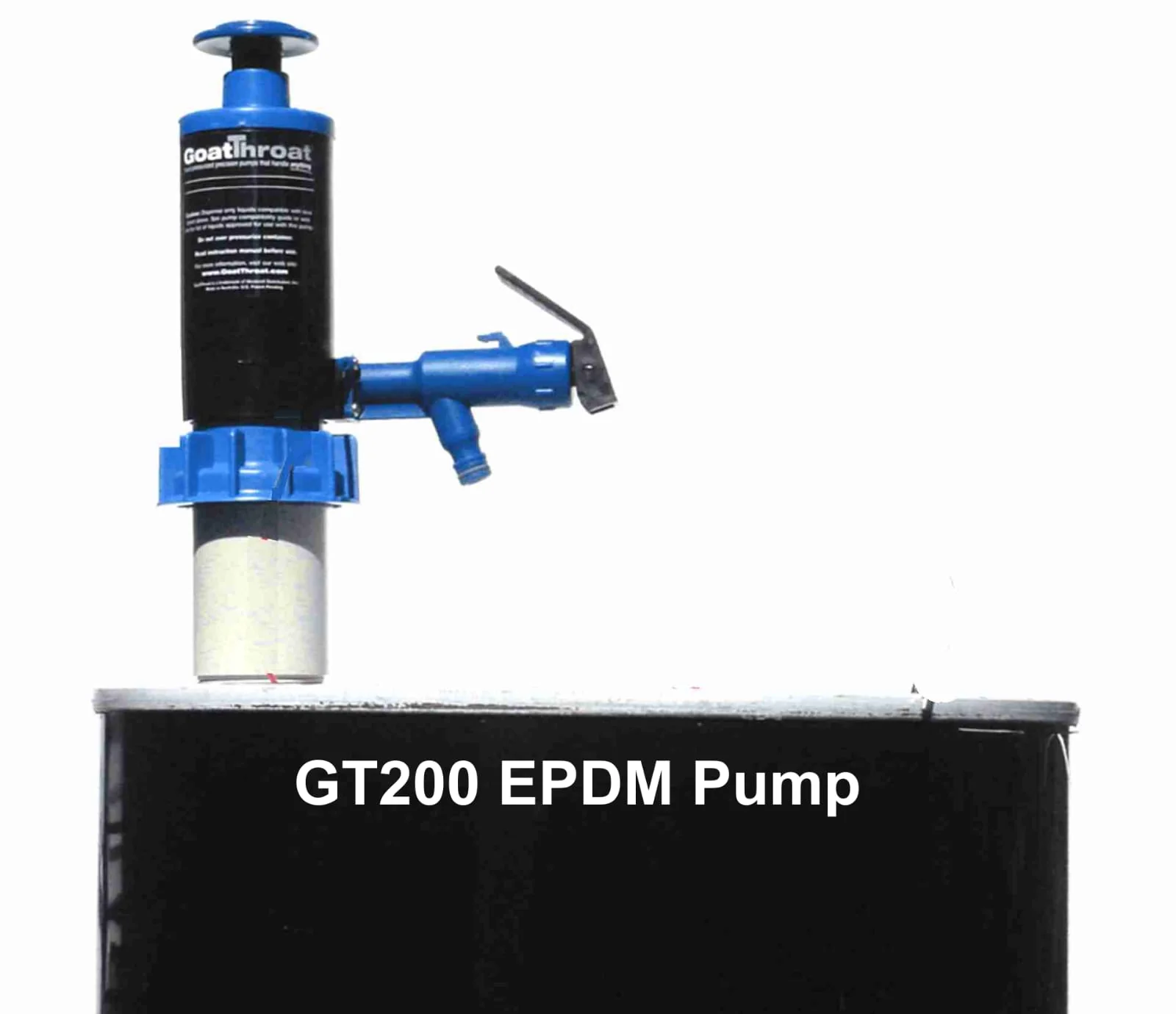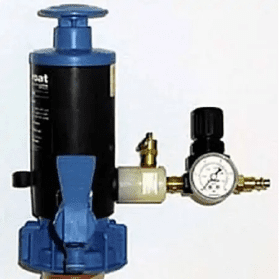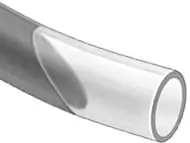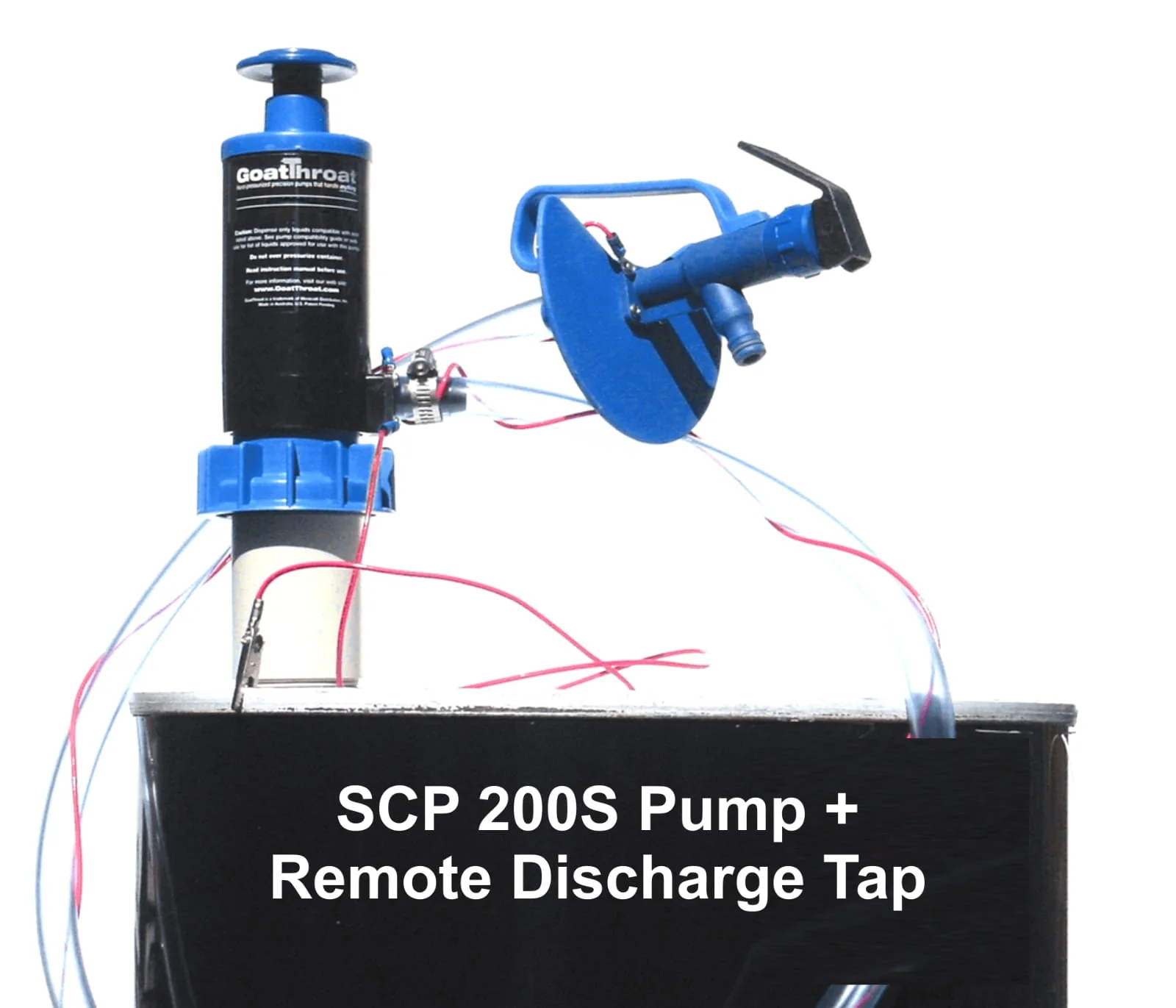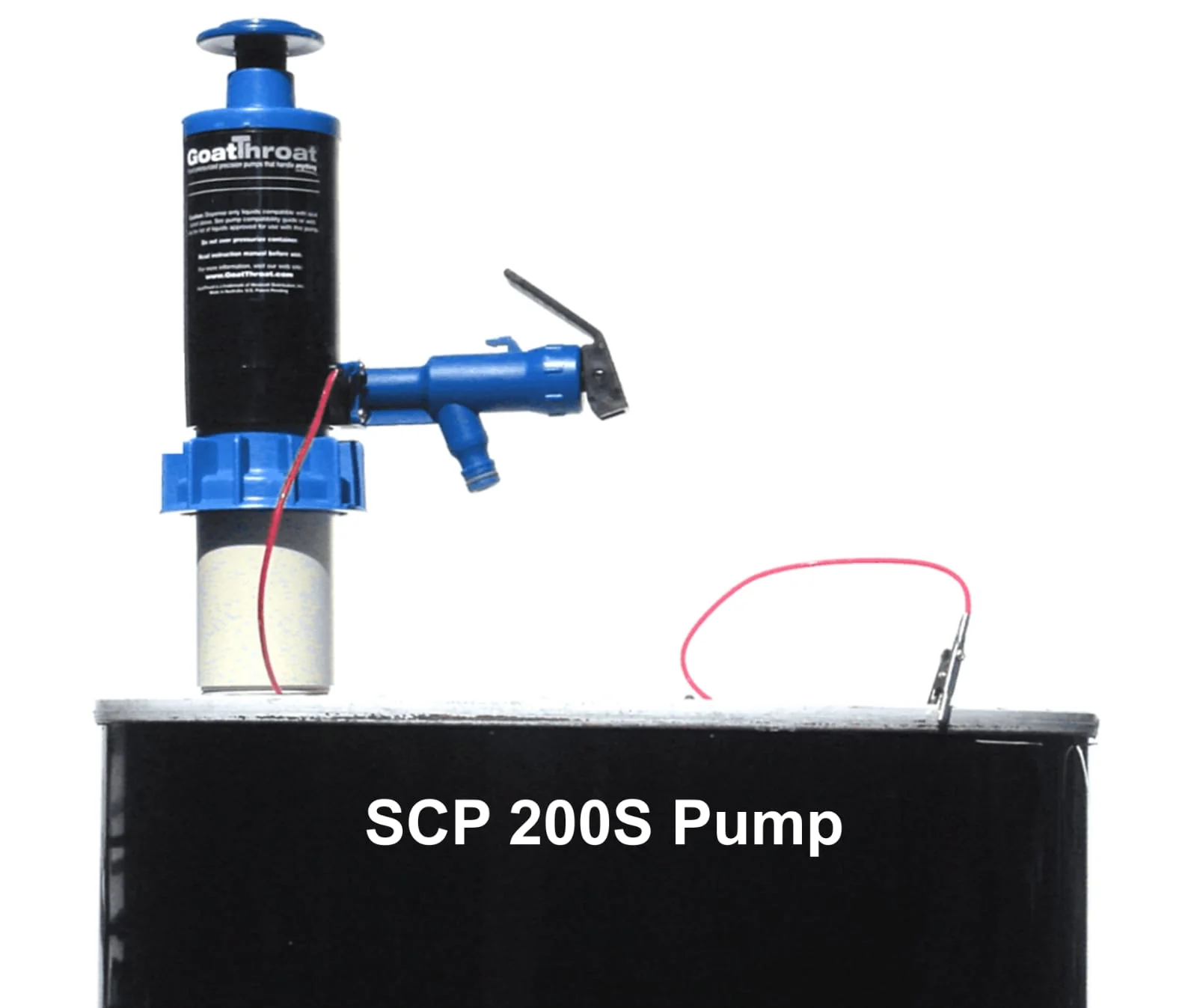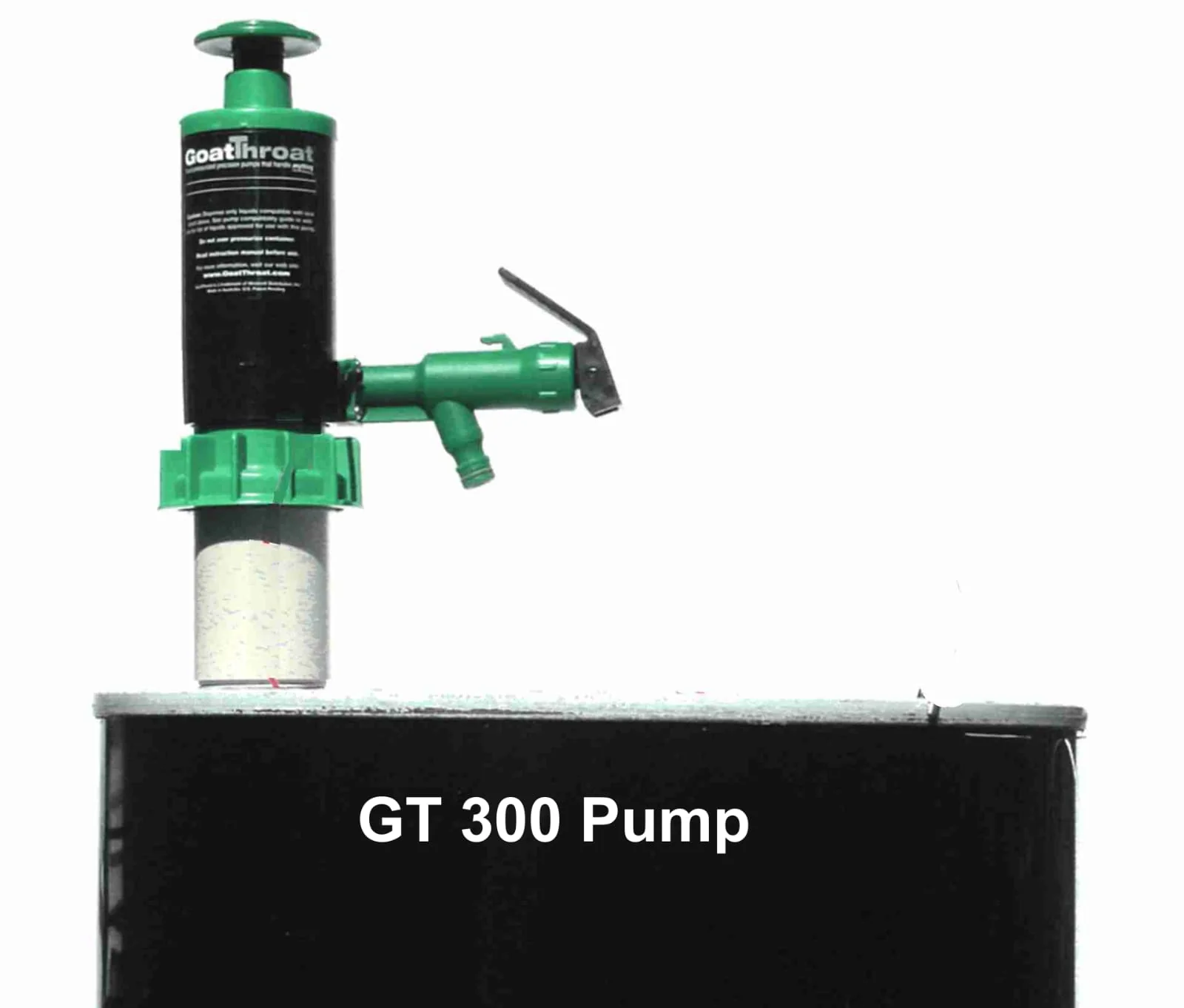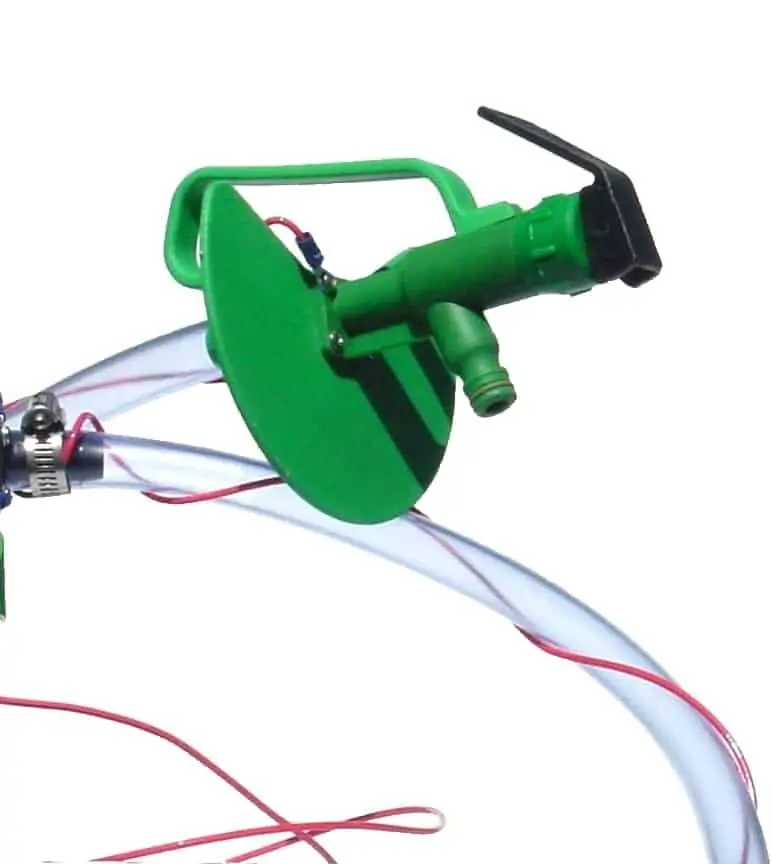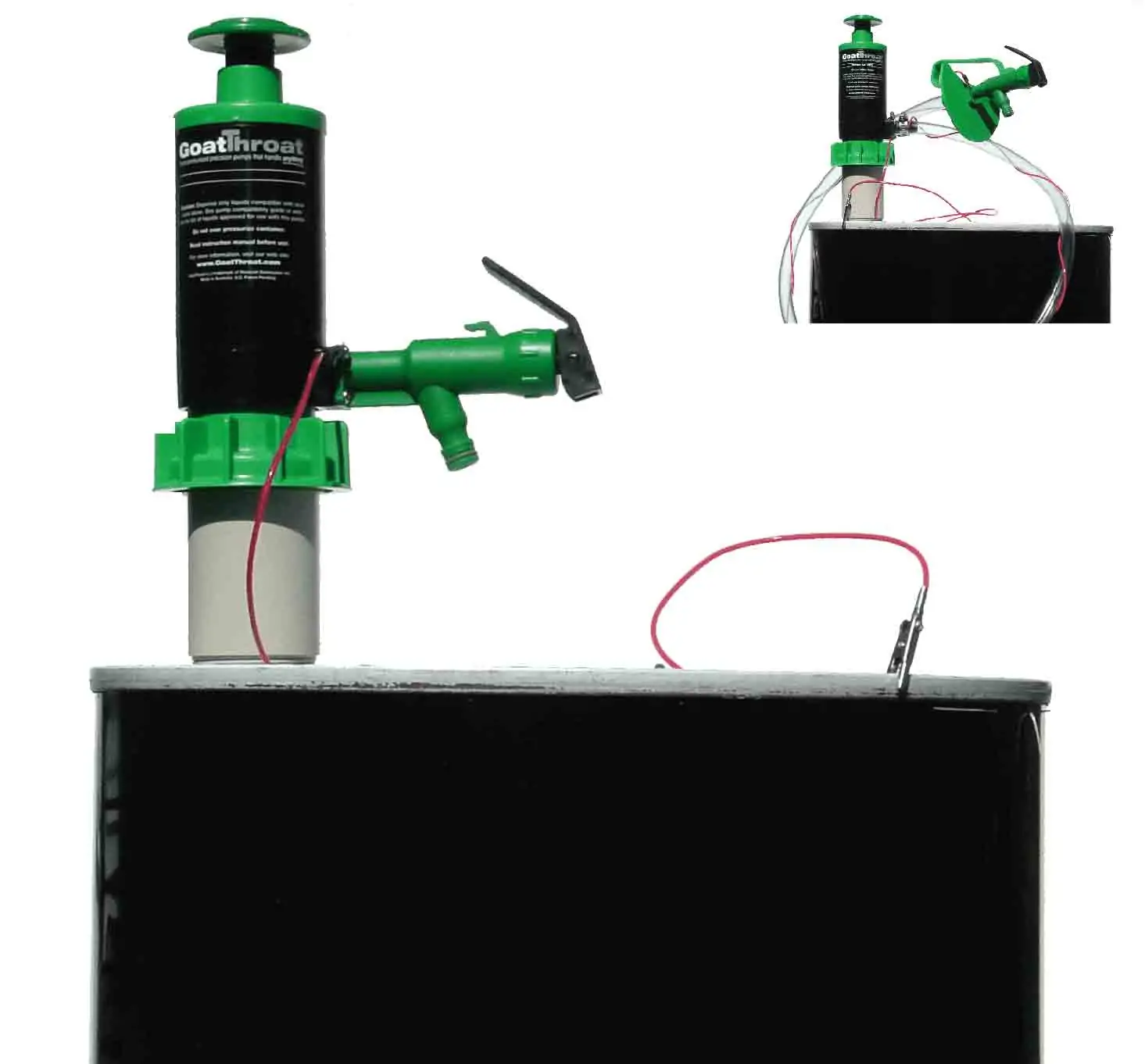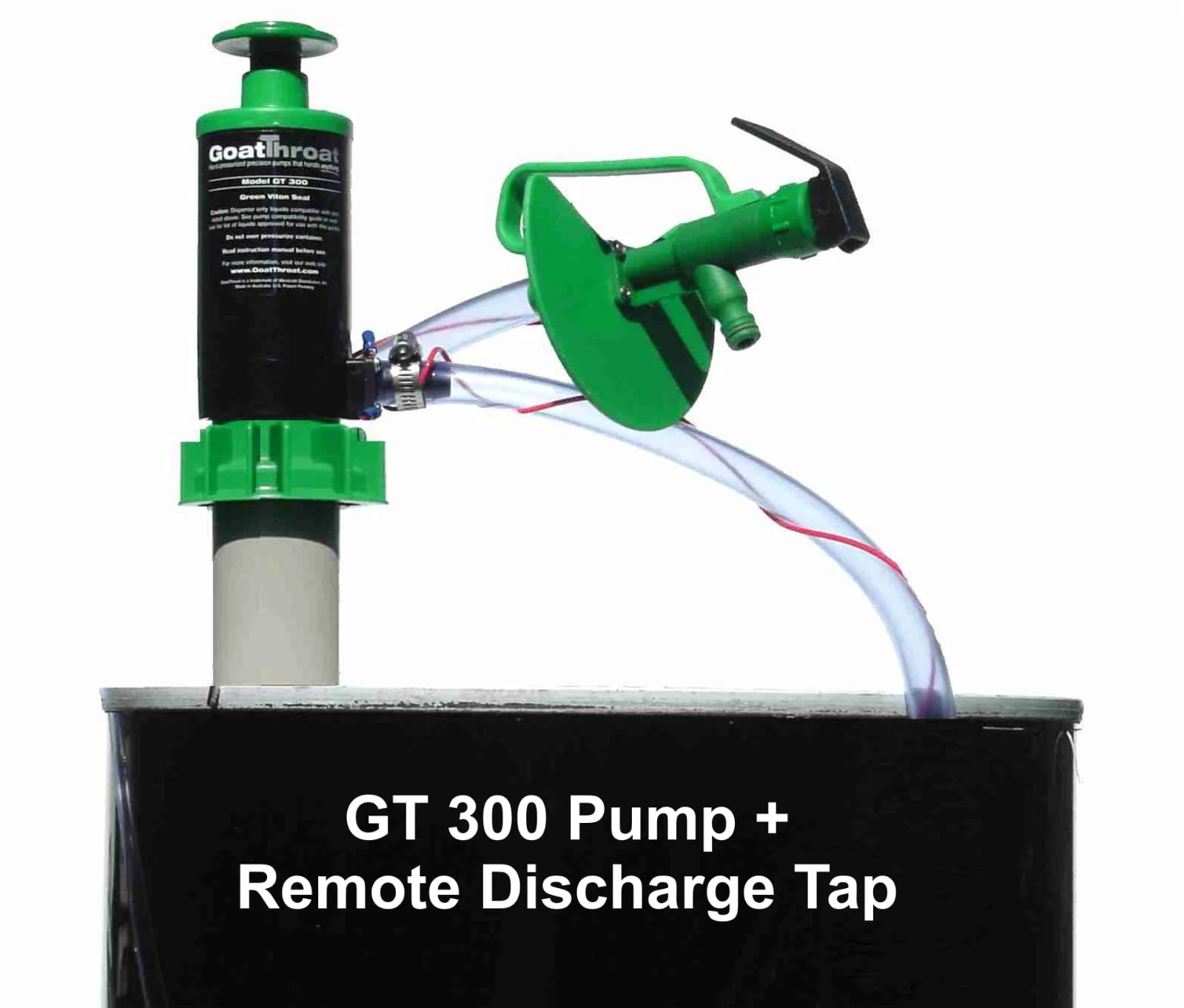As college enrollment in STEM programs continues to rise (reaching 45% of college freshman in 2016 according to the National Science Foundation), improving safety in university labs will become critical. To keep students and faculty safe, follow Good Laboratory Practice guidelines and comply with regulations, now is the time for university labs to introduce new, safer chemical transfer methods that can virtually eliminate spill risk.
University researchers in labs transfer potentially hazardous chemicals, such as solvents, acetone, acids and cleansers, from drums or large containers into smaller vessels such as Erlenmeyer flasks or beakers. However, this chemical transfer at the point of use can have serious consequences when manual “tip-and-pour” techniques are used. In fact, one New England University had to evacuate the entire chemistry building three times in a month due to a graduate student over-pouring acetone from a 5-gallon container onto the floor.
Whether the chemicals are toxic, corrosive, reactive, flammable, emit volatile organic compounds (VOCs), or even potentially explosive, the danger of accidental contact, even for short periods, can pose a severe hazard to faculty and students.
In addition to the potential for injury, there can be serious financial ramifications for the facility involved. The risks include cost to treat injuries or perform cleanup, as well as workers’ compensation claims, potential liability, regulatory fines, loss of expensive chemicals and even lab shutdown.
Good Laboratory Practice Standards and Safety Regulations
To keep students and faculty safe, universities must have stringent safety guidelines and record keeping guidelines in place.
Universities support both research and product development activities. Research is typically viewed as an “undisciplined activity” by the FDA and record keeping may not follow established Good Laboratory Practices (GLP) until this phase is complete. Development follows, however, and, for those seeking FDA approval, the GLP standards must be implemented to ensure safety while providing reliable, consistent, reproducible results for research tests and operations.
GLP is an FDA regulation, number CFR 21 part 58, and it provides a standardized framework in academic and nonclinical research settings within which laboratory studies are planned, performed, monitored and archived. This standard applies when a non-clinical study (e.g. pre-clinical testing) is intended to support an application for an FDA-regulated product. (https://www.accessdata.fda.gov/scripts/cdrh/cfdocs/cfcfr/CFRSearch.cfm?CFRPart=58&showFR=1). GLP standards protect the integrity and quality of the laboratory data used to support a product application.
In both the research and product development phases, therefore, it is important to educate students as to how to properly handle chemicals and equipment, while utilizing tools and equipment that reduce unnecessary exposure to chemicals. Common practices in all labs when handling chemicals include wearing proper laboratory clothing, such as aprons, safety glasses, and gloves when handling chemicals, and using the proper equipment when mixing and transferring chemicals.
There are federal, state, and local regulations that higher education laboratories must follow. OSHA, for example, has developed a list of laboratory standards, including the Occupational Exposure to Hazardous Chemicals in Laboratories standard (https://www.osha.gov/laws-regs/regulations/standardnumber/1910/1910.1450), which was created specifically for non-production laboratories, as well as additional standards that protect workers in laboratories from chemical hazards.
The CDC has a laboratory safety guide specifically for schools, which includes rules for both instructors and students, proper handling and storage of chemicals, and strategies to reduce the amount of waste in a laboratory. (https://www.cdc.gov/niosh/docs/2007-107/pdfs/2007-107.pdf)
Best Practices for Chemical Transfer
In contrast to dangerous, uncontrolled tipping and pouring of chemicals, a growing number of universities are turning to sealed pump systems. This approach, which has been successfully used in industry for the past 20 years, can dramatically improve the safety and efficiency of chemical transfer, while following Good Laboratory Practice and complying with safety regulations.
A sealed, contained system with a spring actuated control valve is ideal when dealing with a toxic, corrosive, or flammable liquid. With such devices, university labs can maintain a controlled dispensing of fluids from one vessel to another.
These pumps (https://www.goatthroat.com/pumps/universities/) function essentially like a beer tap. The operator attaches the pump, presses the plunger several times to build up a low amount of internal pressure, and then dispenses the liquid. The tap is configured to provide precise control over the fluid delivery, from slow (1ml/ 1 oz.) up to 4.5 gallons per minute, depending on viscosity.
Such flow control enables students and faculty at university labs to get very precise measurement of chemical liquids into smaller vessels like beakers and flasks. It also reduces waste.
Because such pumps use very low pressure (<6 PSI) to transfer fluids through the line and contain automatic pressure relief valves, they are safe to use with virtually any container from 2-gallon jugs to 55-gallon drums.
While students and faculty may be most familiar with manually tipping and pouring liquid chemicals, utilizing sealed transfer pumps will significantly improve safety, precision and compliance. It will also essentially eliminate the risk and cost of toxic spill related accidents, injury and liability.
For more information about GoatThroat Pumps, call (866) 639-4628 toll free; E-mail info@goatthroat.com; Visit www.goatthroat.com; or write to 60 Shell Avenue Milford, CT 06460.



